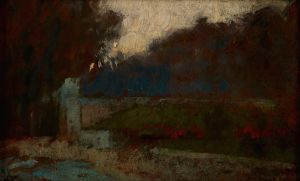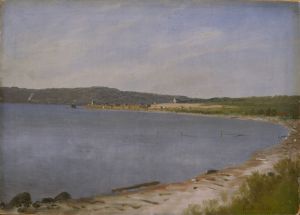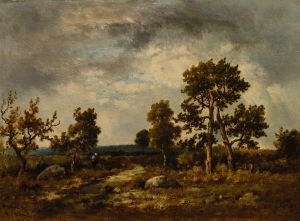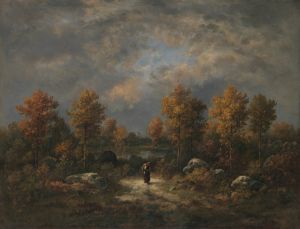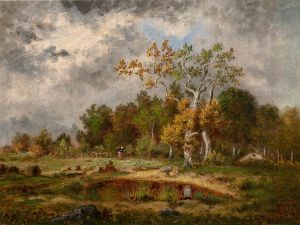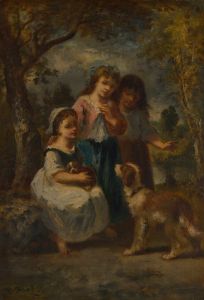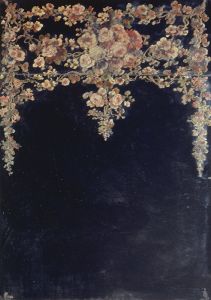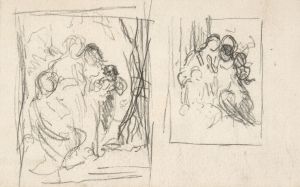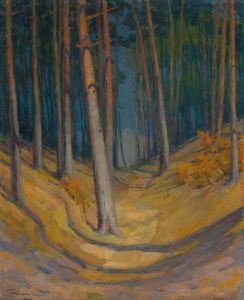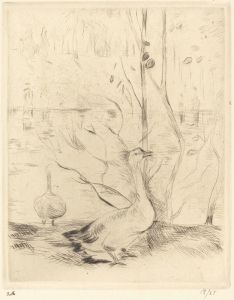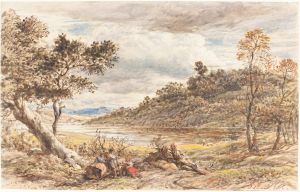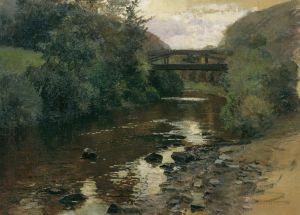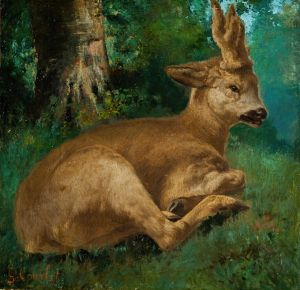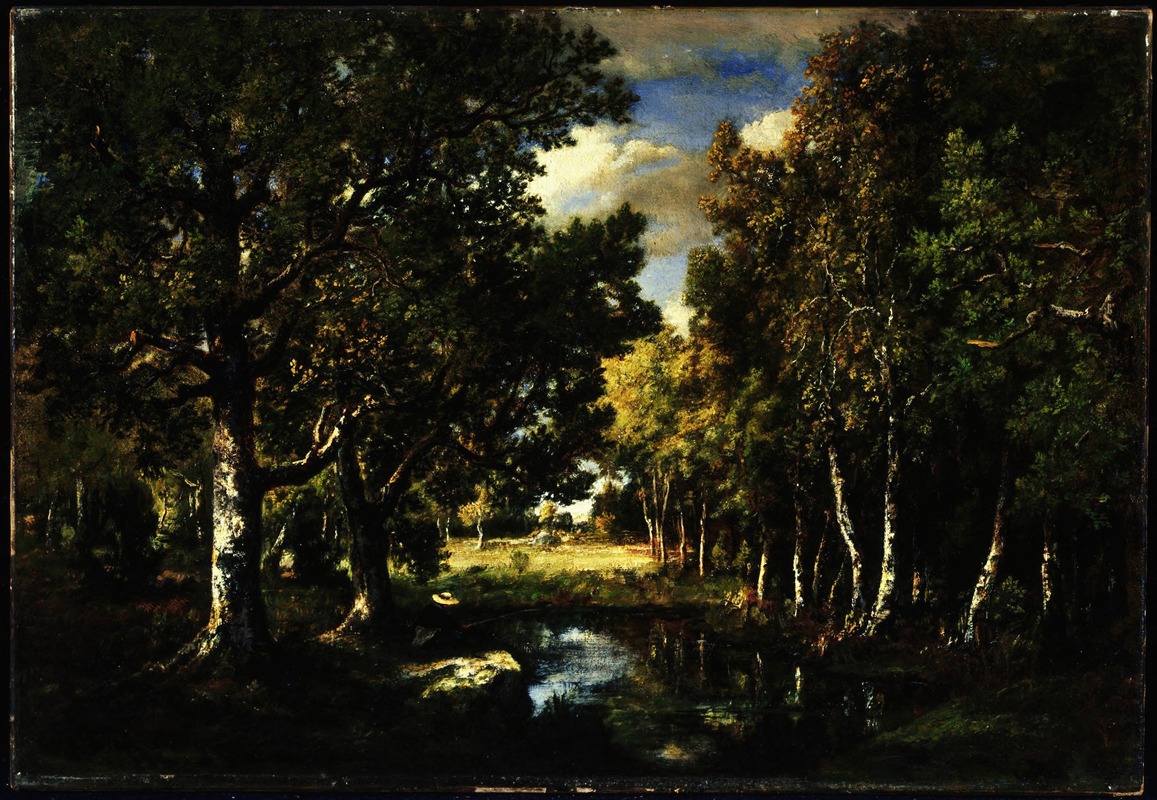
Landscape
A hand-painted replica of Narcisse-Virgile Diaz de La Peña’s masterpiece Landscape, meticulously crafted by professional artists to capture the true essence of the original. Each piece is created with museum-quality canvas and rare mineral pigments, carefully painted by experienced artists with delicate brushstrokes and rich, layered colors to perfectly recreate the texture of the original artwork. Unlike machine-printed reproductions, this hand-painted version brings the painting to life, infused with the artist’s emotions and skill in every stroke. Whether for personal collection or home decoration, it instantly elevates the artistic atmosphere of any space.
Narcisse-Virgile Diaz de la Peña (1807–1876) was a prominent French painter of the Barbizon school, known for his richly colored landscapes and genre scenes. One of his notable works is "Landscape," a painting that exemplifies his mastery in capturing the natural beauty and atmospheric effects of the French countryside.
Diaz de la Peña was born in Bordeaux, France, to Spanish parents. He faced significant hardships early in life, including the loss of his father and a severe injury that resulted in the amputation of one of his legs. Despite these challenges, he pursued his passion for art and became a successful painter. He initially trained as a porcelain painter before transitioning to oil painting, where he found his true calling.
The Barbizon school, to which Diaz de la Peña belonged, was a group of mid-19th-century French painters who were part of a movement towards realism in art. They were named after the village of Barbizon near the Forest of Fontainebleau, where many of them gathered to paint en plein air (outdoors). This approach allowed them to capture the changing light and atmosphere of the landscape directly from nature.
"Landscape" by Diaz de la Peña is a quintessential example of the Barbizon school's style. The painting features a serene natural scene, likely inspired by the Forest of Fontainebleau. Diaz de la Peña's use of vibrant colors and loose brushwork creates a sense of immediacy and intimacy with the natural world. His landscapes often include lush foliage, dappled sunlight, and a sense of tranquility that invites the viewer to step into the scene.
One of the distinguishing features of Diaz de la Peña's work is his ability to convey the mood and atmosphere of a place. In "Landscape," he uses a rich palette of greens, browns, and golds to depict the forest's dense vegetation and the play of light and shadow. The composition is carefully balanced, with a foreground that leads the eye into the depths of the forest, creating a sense of depth and perspective.
Diaz de la Peña's technique involved layering colors to achieve a luminous effect, which is evident in "Landscape." The texture of the paint adds to the overall impression of a vibrant, living environment. His attention to detail in the depiction of trees, foliage, and the forest floor demonstrates his deep appreciation for nature and his skill in rendering its complexities.
Throughout his career, Diaz de la Peña received recognition for his work, exhibiting regularly at the Paris Salon and earning several awards. His contributions to the Barbizon school and his influence on later landscape painters are well acknowledged. "Landscape" remains a testament to his talent and his ability to capture the essence of the natural world.
In summary, "Landscape" by Narcisse-Virgile Diaz de la Peña is a beautiful representation of the Barbizon school's approach to landscape painting. Through his use of color, light, and composition, Diaz de la Peña creates a vivid and inviting portrayal of the French countryside, reflecting his mastery as an artist and his deep connection to nature.





